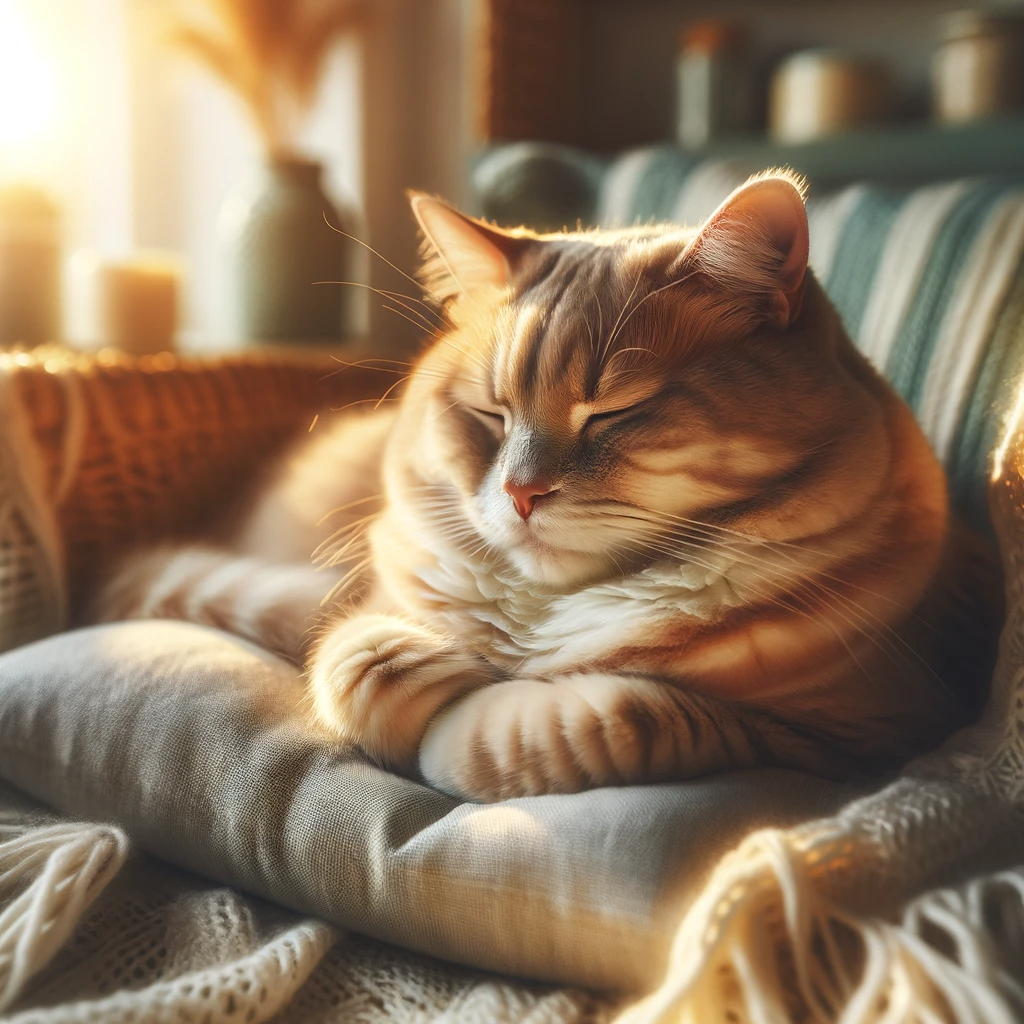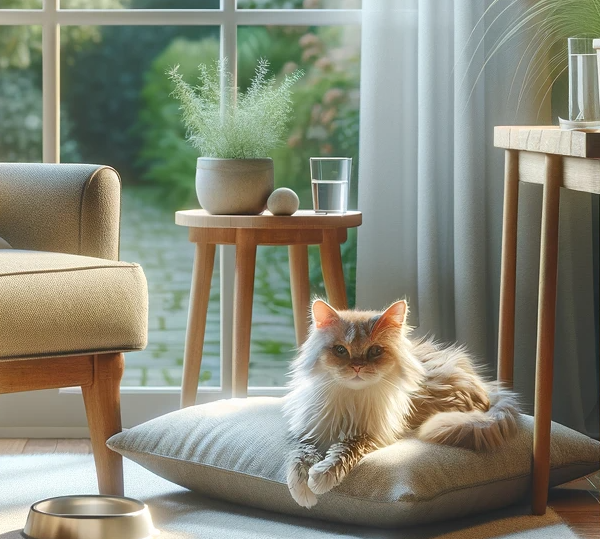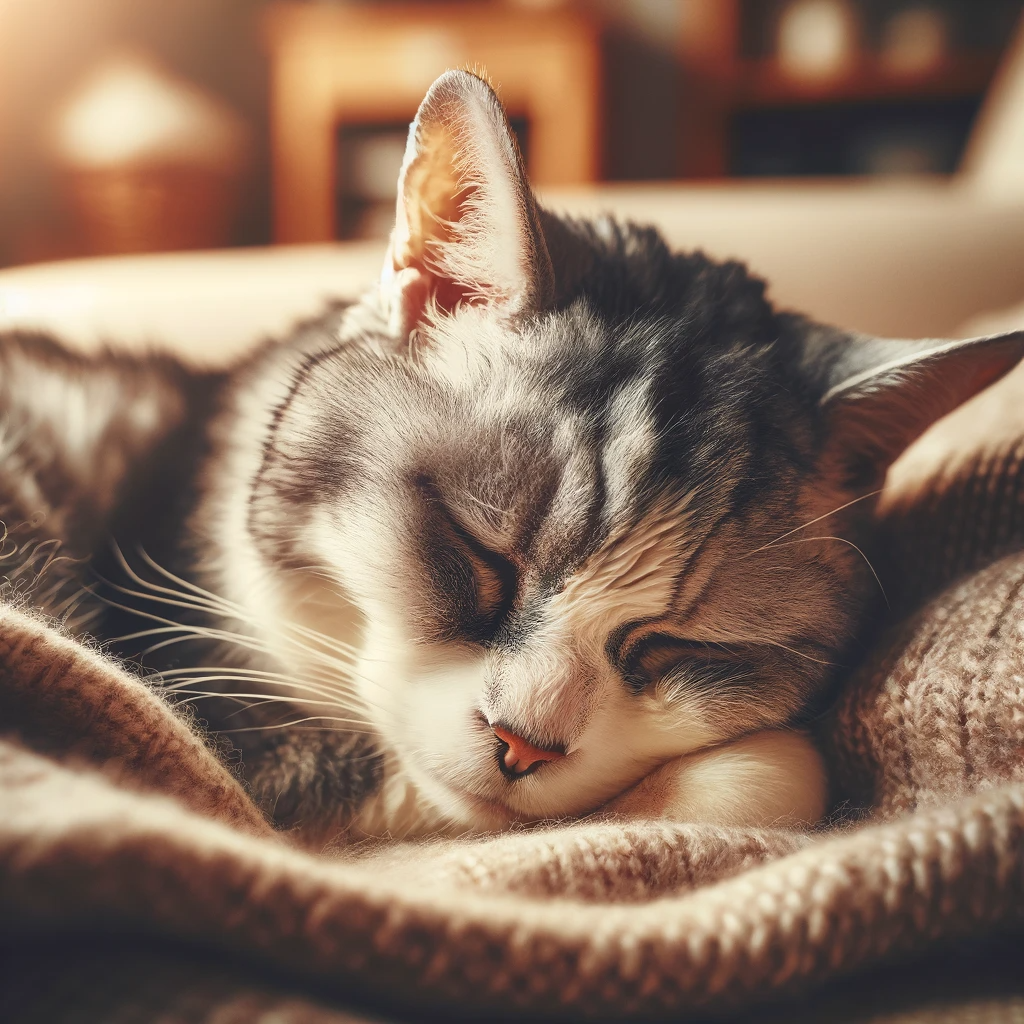Understanding and Managing Arthritis in Cats: Compassionate Guide
Understanding and Managing Arthritis in Cats: Compassionate Guide Arthritis is a condition that’s not only prevalent in humans but also affects our feline companions, particularly as they age. This chronic condition can lead to discomfort and reduced mobility, significantly impacting a cat’s quality of life. Recognizing the signs of arthritis early and consulting with a veterinarian can lead to a tailored management plan that helps mitigate discomfort and maintains mobility. This guide aims to provide pet owners with comprehensive insights into understanding and managing arthritis in cats, emphasizing the importance of compassionate care and informed decision-making to enhance the well-being of our beloved pets. Introduction to Arthritis in Cats Arthritis, or osteoarthritis, is a degenerative joint disease that causes inflammation and pain in the joints. In cats, it’s often seen as they enter their senior years, but it can also affect younger felines due to genetics, injury, or weight issues. Unlike humans who can voice their discomfort, cats are adept at hiding pain, making it challenging for owners to recognize the early signs of arthritis. This condition can significantly affect a cat’s ability to perform everyday activities, such as jumping, running, or even using the litter box. Early diagnosis and intervention are crucial in managing pain and maintaining a quality of life that allows our cats to enjoy their golden years with as little discomfort as possible. Recognizing the signs of arthritis and understanding its impact is the first step toward providing your cat with the care they need. By staying observant and in tune with your cat’s behavior and physical abilities, you can catch early signs of arthritis and consult your veterinarian for a comprehensive assessment and management plan. This proactive approach is vital in ensuring that your cat remains comfortable, active, and happy throughout its life. Signs and Symptoms of Arthritis in Cats Arthritis can be a silent ailment in cats, creeping in without loud announcements. The signs are often subtle, easily mistaken for the natural slowing down associated with aging. However, keen observation can reveal these changes as more than just age-related. Symptoms include a decreased interest in playing, hesitation or difficulty jumping onto high surfaces, limping, or a stiff gait that seems to loosen as they move more. You might also notice your cat grooming less, leading to a unkempt coat, or grooming excessively in areas that are painful, causing bald spots. Behavioral changes, such as increased irritability or a withdrawal from social interactions, can also indicate discomfort. Understanding these signs is crucial for early intervention. By recognizing the early symptoms of arthritis, you can consult your veterinarian for a thorough examination, ensuring your cat’s comfort and mobility are preserved as much as possible. Diagnosis and Treatment Options When you bring your concerns to a veterinarian, they’ll conduct a comprehensive examination, possibly including X-rays or other imaging techniques, to confirm whether arthritis is the cause of your cat’s discomfort. Diagnosing arthritis early is key to managing the condition effectively. Treatment for arthritis in cats is multifaceted, aiming not only to alleviate pain but also to slow the progression of the disease. Options include pharmaceuticals, such as non-steroidal anti-inflammatory drugs (NSAIDs) designed specifically for cats, supplements like glucosamine and chondroitin that support joint health, and omega-3 fatty acids to reduce inflammation. However, medication is just one piece of the puzzle. Environmental modifications can make a significant difference in your cat’s quality of life. This includes providing soft, easily accessible beds, ramps or steps to favorite perches, and keeping essentials like food, water, and the litter box within easy reach. The litter box may need to be modified to provide lower entrance. Weight management plays a crucial role in reducing the strain on your cat’s joints, supported by a balanced diet and appropriate exercise. Additionally, therapeutic options such as physical therapy, acupuncture, or laser therapy may be recommended based on your cat’s specific needs and condition. Signs and Symptoms of Arthritis in Cats Identifying arthritis in cats can be challenging due to their natural instinct to mask pain and discomfort. However, there are several signs that pet owners can watch for, which may indicate their feline friend is suffering from this condition. These signs include a noticeable decrease in activity levels, such as less interest in playing or climbing, difficulty jumping up or down from heights, limping, or favoring a particular limb, and changes in grooming habits, leading to a matted or unkempt coat. You may also notice behavioral changes; a once social cat might become withdrawn, or a gentle cat may react irritably when touched. Understanding these symptoms is crucial for early detection and intervention, which can significantly improve your cat’s quality of life. It’s essential to consult with a veterinarian if you notice any of these changes, as they can perform a thorough examination and potentially recommend diagnostic imaging, like X-rays, to confirm the presence of arthritis. Creating a Comfortable Environment for Your Arthritic Cat Making your home a comfortable haven for a cat with arthritis involves thoughtful modifications that cater to their needs. Providing pet stairs or ramps can facilitate easier access to high places without the need for jumping, which can exacerbate joint pain. A soft, supportive bed can offer a cozy retreat, particularly beneficial during cooler weather when arthritis symptoms may intensify. Some cats appreciate a heating mat for comfort. Ensure that essentials like food, water, and litter boxes are easily accessible to minimize strain. Gentle play that respects your cat’s limits can also promote flexibility and muscle tone without overexertion. For more ideas on enhancing your pet’s comfort at home, visit our comprehensive guide at Pet Comfort Central: Your Guide to Home Remedies and Tools. This resource is filled with tips and tools to support your cat’s well-being, making their space as comfortable and nurturing as possible. The Importance of Regular Veterinary Care Ongoing veterinary care is crucial for managing arthritis in cats effectively. Regular check-ups allow your veterinarian to monitor the progression of your cat’s arthritis and adjust their treatment
Understanding and Managing Arthritis in Cats: Compassionate Guide Read More »






